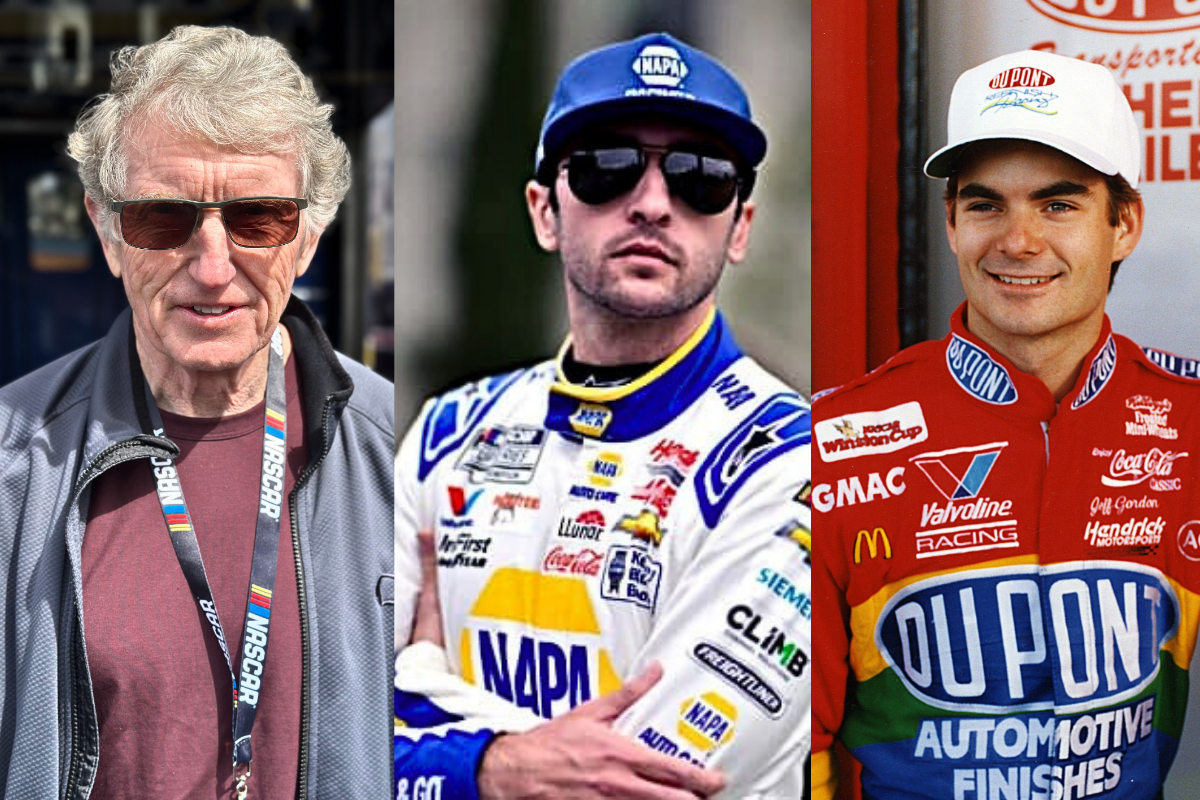

In NASCAR, the numbers are not just lap times or points, but iconic digits painted on the side of a car. They’re more than just identifiers; they carry stories, legacies, and the weight of the sport’s history. Take the No. 3. When you see it, it’s Dale Earnhardt, plain and simple. That black GM Goodwrench Chevrolet was a rolling legend, racking up six of his seven Cup championships and 67 of his 76 career wins. Then there’s the No. 24, forever tied to Jeff Gordon, whose rainbow-colored DuPont Chevrolet redefined NASCAR, bringing a fresh, West Coast vibe to a Southern sport. But getting your number in NASCAR isn’t always a choice.
Watch What’s Trending Now!
It’s a mix of luck, team decisions, and sometimes, destiny. Drivers might dream of their favorite digits, but the teams own the numbers, and the stories behind them often dictate who gets what. Recently, Chase Elliott opened up about his journey with the No. 24 and why he chose to forge his own path with the No. 9, stepping out of Jeff Gordon’s massive shadow.
ADVERTISEMENT
Elliott talks about leaving the iconic 24 for the 9
On a recent episode of Bobbycast, Chase Elliott got real about how drivers end up with their numbers in NASCAR. “That could be a and I could be a number of different ways for some people. It could just simply be what your favorite number is and you might have had the option or the choice to pick. You definitely can’t have two cars the same number. The teams own the numbers you know basically. So you know the drivers work for the teams that field the cars more or less.”
Elliott’s laying out a key truth: numbers belong to teams, not drivers. NASCAR leases them to organizations, who guard them like family heirlooms. Look at the No. 3 staying with Richard Childress Racing or the No. 43 tied to Petty’s legacy. Even Joe Gibbs Racing retired the No. 11 under their banner, keeping it exclusive since Bill Elliott, Chase’s dad, drove it in 1992. Numbers are a business, a brand, and a piece of history, and drivers often just take what’s handed to them.
Elliott shared how he ended up in the No. 24, “Like in my case when I came into racing cup and I’ve been with Hendrick Motorsports throughout my whole career. Jeff Gordon was retiring right so I came in the next year I was I was filling in. You know filling the spot filling the open seat so the 24 was the car that I stepped into for those first couple years. I had no tie to the number 24 or anything but you know that was that was what it was and I you know nobody asked and obviously I was fine with anything at that point.”
ADVERTISEMENT
Jeff Gordon retired in 2015 after four championships and 93 wins, the No. 24 was a massive seat to fill. Hendrick Motorsports tapped Elliott, fresh off his 2014 Xfinity Series title, to take over. Elliott had no personal connection to the 24, but as a rookie, he wasn’t about to argue. He stepped up, earning Rookie of the Year in 2016 with 10 top-5s and a 10th-place points finish, proving he could handle the pressure of Gordon’s legacy. But the No. 24 wasn’t his forever.
Elliott explained, “Now later on down the road I had an option and you know nine was my favorite number and nine. You know I had some family ties to and made a lot of sense so I got to switch so most of the time I would say it’s more whatever team you’re driving for. If they already have a number that’s fielded or a number that’s been around for a while, you typically kind of get assigned that number. It just kind of happened. The stars are lined up really perfect for me to end up with the nine that that I run now, but that’s not. I wouldn’t say that happens very often and I was kind of surprised that it even happened in my case.”
ADVERTISEMENT
In 2018, Elliott switched to the No. 9, passing the 24 to William Byron. The No. 9 was personal. His dad, Bill Elliott, won the 1988 Cup title and 44 races in it, and Chase himself claimed the 2014 Xfinity championship with it. The swap was a rare chance to carry his family’s legacy, made possible when Hendrick reshuffled their lineup. It paid off big. Elliott nabbed his first Cup win in 2018 at Watkins Glen and clinched the 2020 championship with five wins, echoing his father’s glory days in the No. 9.
Top Stories
France Family’s ‘Financial Deception’ Spilled Out in the Open as RTA Memo Exposes the ‘49%’ Lie
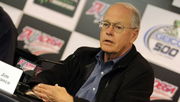
‘RIP’: NASCAR World Crumbles in Tears as 39-YO Former JR Motorsports Driver Passes Away
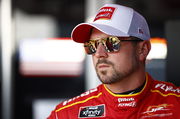
55-YO NASCAR Driver’s Untimely Death Shatters Racing Community
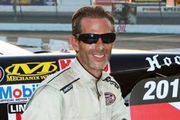
Dale Earnhardt & Tony Stewart Dethroned as SVG Shatters NASCAR Benchmark to Stand Alone in History
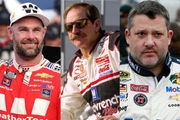
NASCAR President Kicks Up ‘SRX’ Firestorm With Courtroom Claim Fans Refuse to Accept
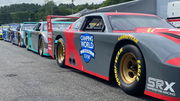
Preece blames Elliott for Daytona block
Ryan Preece left Daytona fuming after seeing his NASCAR playoff hopes fade, accusing Hendrick Motorsports drivers Chase Elliott and Kyle Larson of working together to block his path and protect Alex Bowman’s playoff spot in the regular-season finale. Preece, never shy about speaking his mind, let loose after a chaotic Lap 158. The RFK Racing driver, proud to rep Ford, found himself boxed in the middle lane, surrounded by Elliott and Larson.
ADVERTISEMENT
He felt the Hendrick duo ganged up to keep him from advancing, ensuring Bowman’s No. 48 Chevrolet stayed safe. Larson went high exiting Turn 4, challenging Justin Haley, while Elliott held firm, leaving Preece stranded with no drafting help. The outside line roared ahead with Cole Custer leading, and by Lap 160, the race was a wild sprint. Custer and Haley swapped the lead before Ryan Blaney stormed to the win. In the chaos, Custer and Chris Buescher spun after the finish line, while Preece crossed in 14th, officially ending his playoff shot.
Preece’s frustration boiled over on the radio, “If I had a Ford behind me, we would’ve won that race. I mean, I know why they did it. They did it so the 48 couldn’t get knocked out. Motherf***er!” His anger was tied to playoff math. A win by Daniel Suarez, Haley, or Custer would’ve bumped Bowman, but the No. 48 secured the final playoff spot on points. Preece, despite leading three laps and running top-10 in the first two stages, was left out. The block by Elliott and Larson, whether intentional or not, felt like a calculated move to protect their teammate, and Preece wasn’t having it.
The Daytona drama adds another layer to Elliott’s story. He’s not just navigating his own legacy with the No. 9, but also the high-stakes team dynamics that define NASCAR’s playoff crunch. Choosing his number was about carving his own path, but on the track, he’s still tied to Hendrick’s bigger game plan. It’s the kind of raw, emotional clash that keeps NASCAR’s heart pumping, where legacies, rivalries, and split-second decisions collide under the lights.
ADVERTISEMENT
ADVERTISEMENT
ADVERTISEMENT
ADVERTISEMENT

